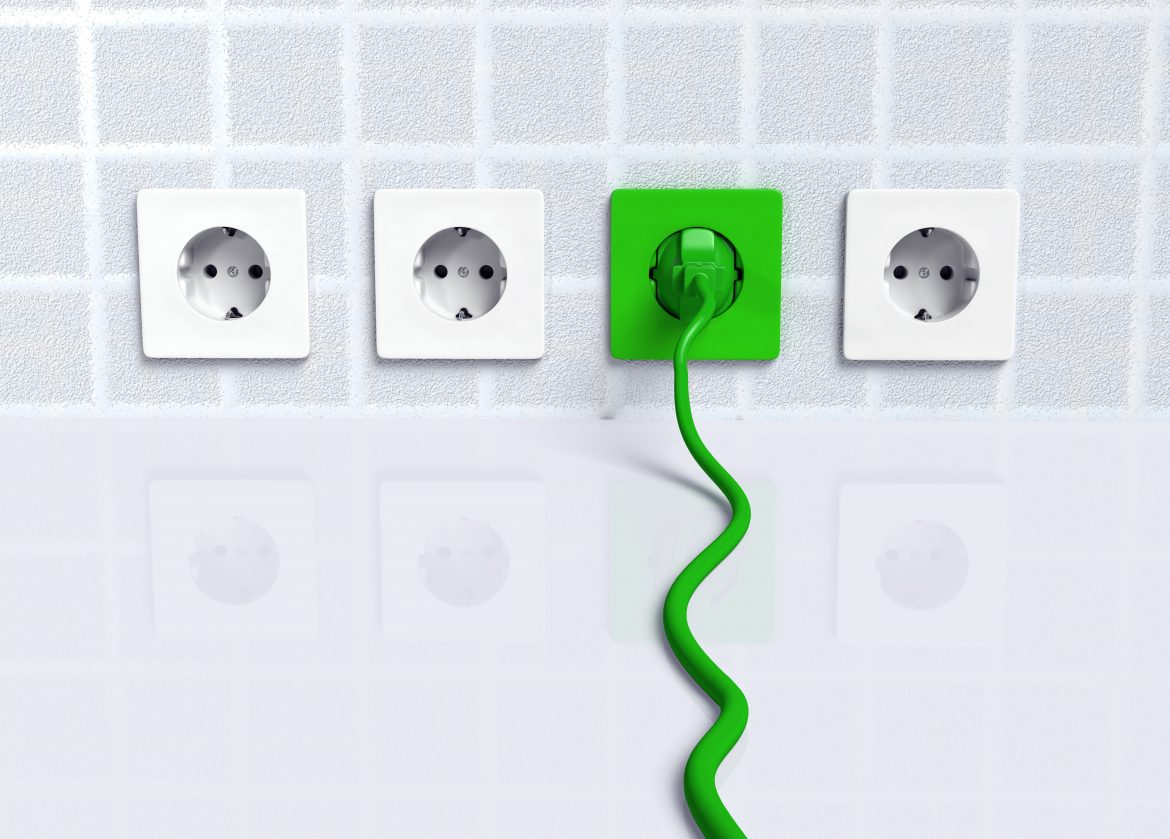Energy is not something we really think about. It’s there, it’s all around us and we take it for granted. Just step into your kitchen – see that coffee pot that you turn on every morning? Energy. See the fridge that holds the milk for your coffee? Energy. How about the dishwasher that you wash your coffee mug in? Energy.
Energy is defined as: “power derived from the utilization of physical or chemical resources, especially to provide light and heat or to work machines.”
Energy is all around – just like love (just had to reference Love Actually one of our favorite movies!). But unfortunately, all energy is not created equal and unless it’s renewable energy, it’s not eco-friendly.
Generally, electricity is generated using fossil fuels, which releases toxic fumes into the air and leave a massive carbon footprint. Along with releasing those fumes and leaving a harsh footprint on our environment, the fumes are creating an even harsher environment for humans due to the release of those fumes being linked to lung and breathing problems, neurological damage and cancer.
What is renewable energy?
Renewable energy is: “energy from a source that is not depleted when used, such as wind or solar power.”
So what types of renewable energy options are there?
Solar
Solar energy, otherwise known as solar power, is radiant energy emitted by the sun. Generally solar power is transmitted through solar panels that are designed to absorb the heat and energy from the sun, and then release it throughout your home, rv, company, etc.
But what happens if the sun isn’t shining? One of the main concerns with solar power is the lack of consistency. If the panels don’t absorb enough energy due to a few rainy, or cloudy days, then you could be out of power for a few days.
Wind
Wind energy is another form of solar energy, created by the wind. Wind power is transmitted by wind turbines that convert kinetic energy, absorbed by the wind, to mechanical power that can be used. Wind turbines can be set up “off the radar” on wind farms, or can be placed offshore, in the midst of the ocean.
A few problems with relying on wind energy are: lack of consistency, due to the wind not always being consistent, and the fact that wind turbines are massive, they take time to build, and they’re not always aesthetically pleasing, resulting in communities and cities not wanting wind farms being built in their area.
While there are a ton of other renewable energy sources: biomass, geothermal, tidal, etc. Solar and wind are the two main sources being explored for mass amounts of energy.
While we wait for renewable energy to take over the world, there are some things you can do every day to lessen your use of energy:
- Use candle light when natural light isn’t an option
- Turn off heat/ac whenever it’s not needed
- Set your thermostat no lower than 78 degrees in the summer. Consider ceiling fans and a whole-house fan instead of air-conditioning―they use a lot less electricity.
- Turn off water when you’re not using it directly.
- Garden to insulate. Plant trees and bushes on your house’s north side to keep winter winds at bay and on the south side for summer shade.
- Harness the power of the sun. When it’s cold out, open the curtains to warm a room. (Keep them closed to cool rooms in the summer.)
- Replace your filters. Clean or replace furnace, air conditioner and heat-pump filters regularly to keep the units running efficiently.
- Seal drafts. Use caulk and weather-stripping to prevent air leaks around windows and doors. It’s a small investment that pays for itself many times over.
- Let the dishes slide. Run your dishwasher only when it’s full―you’ll use a third less water than when hand washing.
- Power down – Unplug. Even when you’re not using your microwave, TV, computer or cell-phone charger unplug them! Put your computer to sleep or better yet, shut it down.
 Food
Food Farmers
Farmers Sustainable Living
Sustainable Living Living Planet
Living Planet News
News